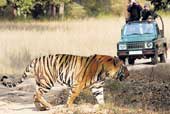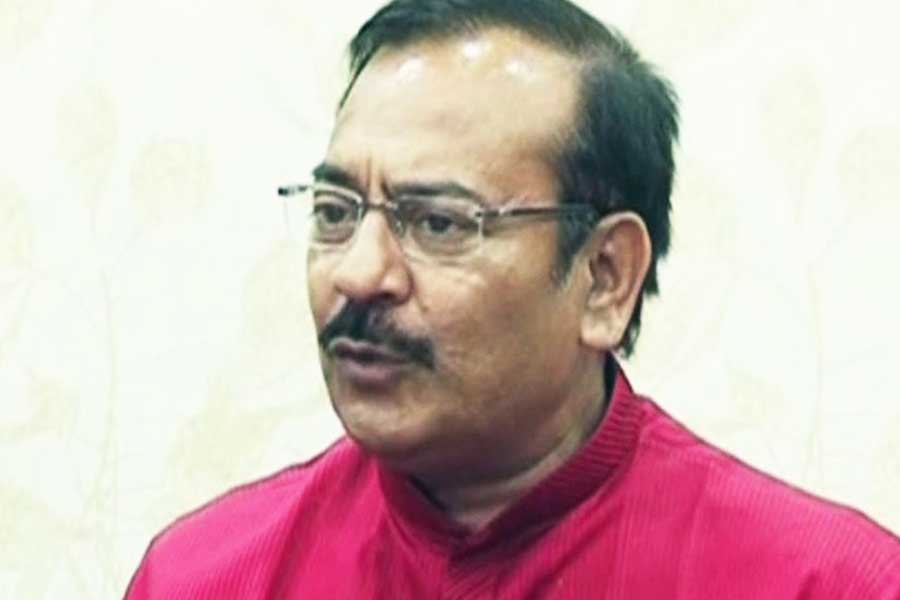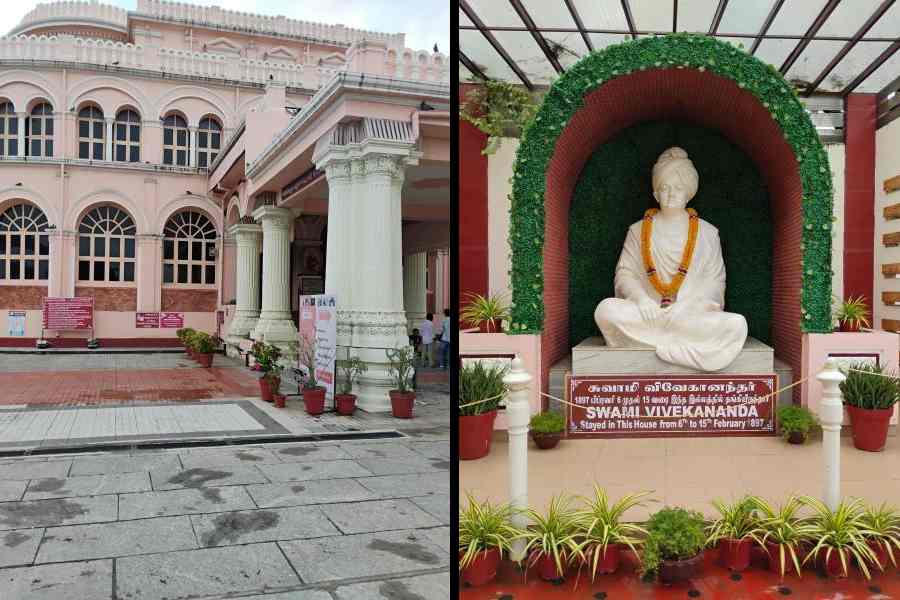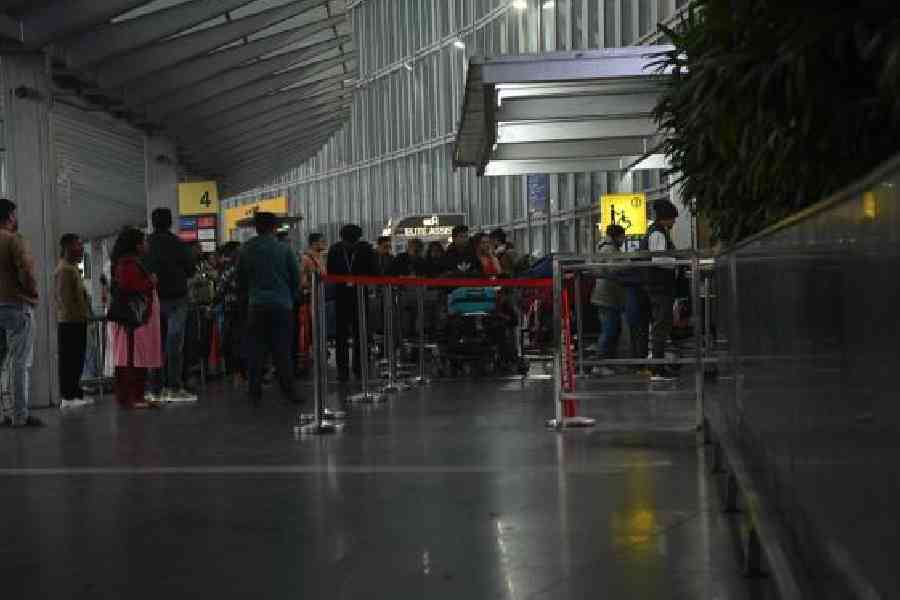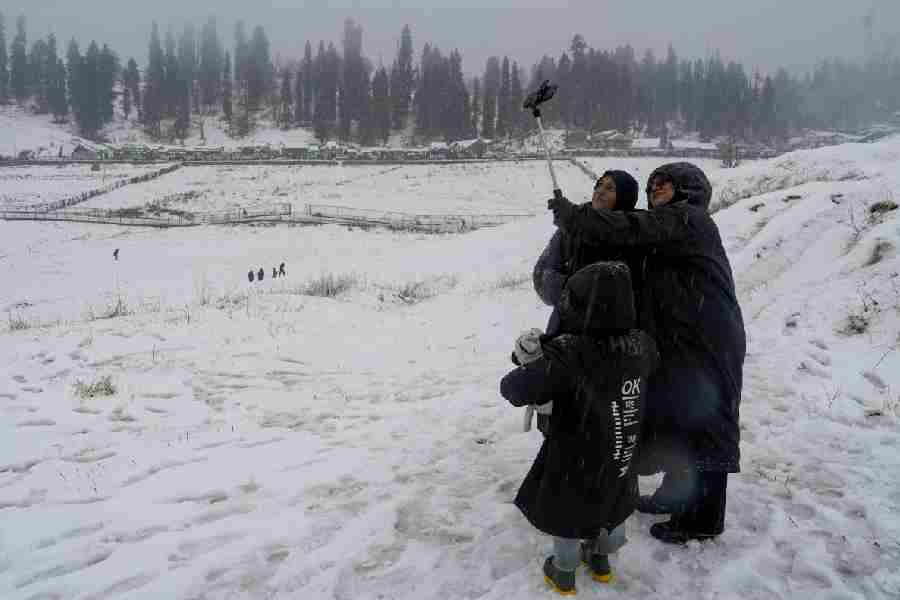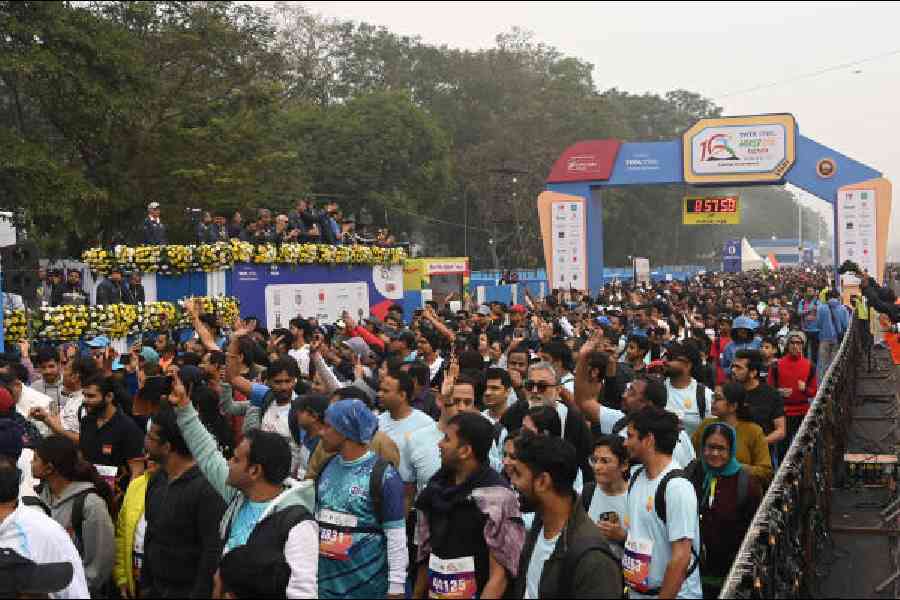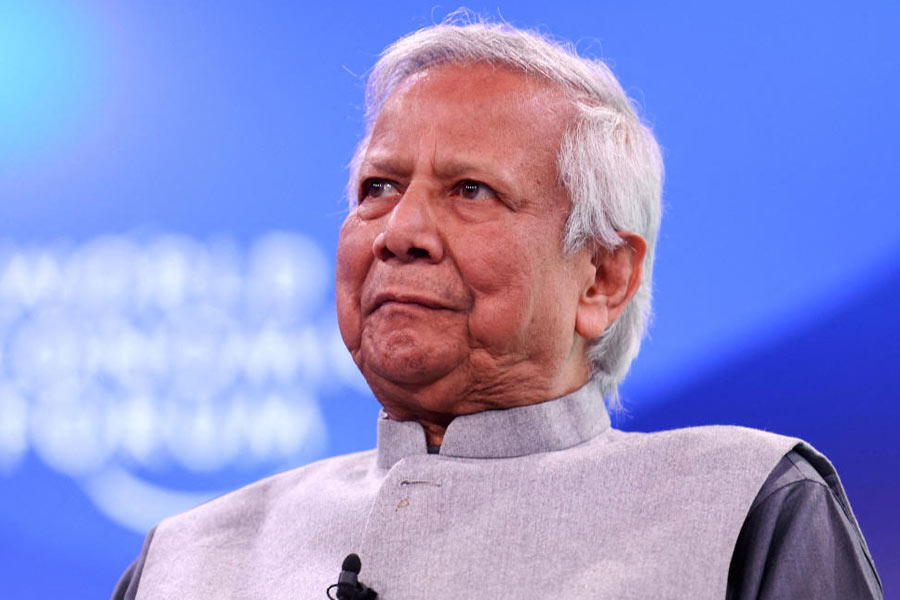 |
Fascinated by the wild and its denizens? Passionate about capturing them on your camera, but not familiar with the laws of the jungle? Then, this one’s for you!
Guided tours into the heart of jungle land are becoming very popular with wildlife photographers — both the aspiring and the experts. And listen up, this is the best time of the year to hit wildlife trails as most of the National Parks are now open to visitors. According to Neeraj Nauhwaar of Savion Travel Services, “November to March is the best time for a photography tour.”
There are a number of travel agencies that can plan your entire trip and take you to all the right spots to help you capture rare moments in the animal world. What’s more, some even have expert naturalists to accompany you and give you photography tips that work best in the jungle.
 |
“In India there are several amateur photographers, wild life enthusiasts and media professionals exploring the wilds. With time, wildlife photography is bound to turn into a big industry,” says Pranab Kukreti, director, marketing, Treks ‘’ Rapids. And cashing in are the agencies, some of who even provide cameras and all that it takes to make a shoot perfect.
“These days trips can be customised to the needs of travellers,” says Sharad Vats, director of travel agency, Nature Safari. Hiring experienced consultants to accompany you in the jungle will cost Rs 10,000 to Rs 15,000 per day while photography gear will cost Rs 2,000 to Rs 2,500 per day.
But just where does one go on a photography trip? This depends entirely upon the animal you’re interested in.
• Tigers can be spotted in the Bandhavgarh and Kanha National Parks, Ranthambore and the Sunderbans.
• Rhinoceros and elephants are found at Kaziranga.
• For bird-watching, try the Bharatpur Bird Sanctuary.
 |
“At Bharatpur, the best time for seeing migratory birds like cranes, pelicans, ducks, eagles, flycatchers and buntings is October to February,” says Nauhwaar. “For shooting a bird, a good amount of catch light should fall in its eye, as this enhances the picture quality,” adds wildlife photographer Joydip Kundu. In any park, the best time to spot animals is either early morning or before dusk.
For the past 12 years, city-based couple and avid wildlife photographers, Joydip and Suchandra Kundu have visited several parks in India. But they take care that the jungle and its wildlife are not disturbed while they’re hard at work. “For beginners, ‘patience’ is key,” says Joydip before adding that one may have to wait for hours to spot animals.
When shooting in the wild, safety also becomes of paramount importance. “While taking pictures, never use a flash light as that might provoke the animal to attack in defence,” says Joydip. Sporting bright colours and perfumes is a no-no. Photographers are advised to wear clothes in shades of dull green or brown.
Coming to the tours themselves. Budget travellers would do well to check out the package being offered by Savion Travel Services. This costs Rs 3,000 per night, but if you choose fancier five-star digs, prepare to pay about Rs 10,000.
Adventure tour experts, Treks ‘’ Rapids is focusing on promoting Uttaranchal’s Rajaji National Park, which is home to spotted deer, elephants, wild boars and several other animals. The most economical Treks ‘’ Rapids package costs Rs 2,000 per night. Accommodation is provided at cottages that come with solar lighting arrangements.
According to Kukreti, a photography tour to Rajaji is best enjoyed on elephant back. These rides are organised by the park authorities and cost Rs 50 - Rs 100 per head.
Travel agency Nature Safari specialises in trips to Bandhavgarh and Kanha National Parks. Director Sharad Vats takes along a maximum of five guests and a minimum of one in a jeep. “Wildlife doesn’t really give one a second chance, so we make sure photographers get their best shots with the help of our experts,” he says. A luxurious stay at the Tiger Den Resort in Bandhavgarh, with meals will cost Rs 5,000 to Rs 8,000 per couple, per night. The whole package inclusive of safari charges and park ticket will cost Rs 10,000.
Vandit Kalia from Photo Safari India organises wildlife photography workshops at Kanha, Corbett and Bandhavgarh. These provide a basic introduction to the jungle, its inhabitants and camera techniques for shooting. There are discounted packages for Indian nationals, which cost Rs 7,000 to Rs 8,000 per day. Hiring a camera costs Rs 5,000 to Rs 10,000 for a week. Kalia takes groups of about five to 10 people accompanied by two professional photographers and a guide. “For shooting convenience, one jeep per person can also be arranged,” reasons Kalia.
Mohit Aggarwal of Asian Adventures organises trips to Corbett National Park, Sunderbans and even Ladakh, famed for its snow leopards. These packages can cost anything between Rs 6,735 to Rs 8,979 per day and include meals, guides and lodging. At Sunderbans, you can even stay on a boat rigged out with all the facilities.
There’s nothing better than returning from a long day of shooting with those ‘rare moment pictures’. But as Joydip puts it, “No photograph is ever worth sacrificing the well-being of the subject.”
Lead photograph by Sharad Vats; other photographs by Joydip and Suchandra Kundu
Route map
Flying direct to North America is usually a much easier journey than getting there with a stop-off in Europe. So, the news that Delta Airlines is now touching down at Mumbai’s international airport and coming straight from JFK, is good news for travellers (who won’t have to stop off in Paris any longer). For one, it’s a 15-hour direct flight from New York to Mumbai, and for the other, starting December 1, Kingfisher Airlines will make onward connections for arriving Delta passengers smoother. Kingfisher has entered into an agreement with Delta and starting December, the domestic carrier will connect the American carrier’s passengers to Ahmedabad, Bangalore and Chennai. Two Kingfisher A320 aircraft are slated to take off around 2.45am — one for Ahmedabad, the other for Bangalore and Chennai. This means no more long waits for connections.
After clearing immigration and customs in Mumbai, passengers will be checked in for the domestic flight right there at the international terminal. They will then board the Kingfisher aircraft parked at the international airport — which eliminates rushing from the international to the domestic terminal. If you’re thinking how the airline plans to fill its seats, remember lots of international flights land in Mumbai between 10pm and 1am. So, this may be a win-win situation for all.

